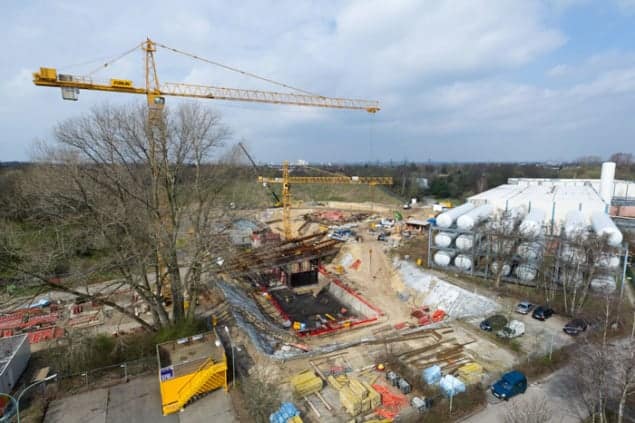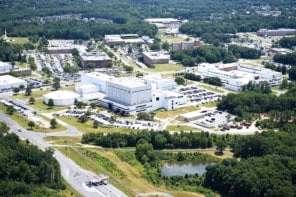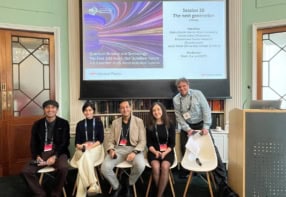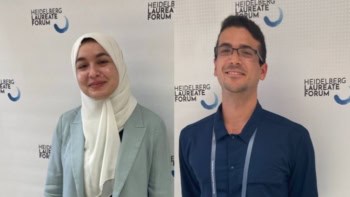
The €1.08bn European X-ray Free Electron Laser (European XFEL), which is being built at the DESY lab in Hamburg, Germany, has been left with a €150m funding shortfall after a number of member countries reduced their contributions to its construction. The Russian government has subsequently pledged to plug that gap with €50m, with Germany expected to foot the bill for most of the remaining €100m.
The European XFEL is expected to be complete by 2014, with the first users on site a year later. The 3.4 km-long underground facility will produce X-rays with wavelengths as short as 0.1 nm by accelerating bunches of electrons in a 2.1 km linear accelerator to 17.5 GeV. The facility will generate X-ray beams 30,000 times per second, with each pulse lasting less than 100 fs (10–13 s), which will allow researchers to create “movies” of processes such as chemical bonding and vibrational energy flow across materials.
Difficult economic conditions
The German government is providing most – about 54% – of the funding for the European XFEL, with 23% coming from Russia and the rest coming from 12 international partners including France, Hungary and Spain. However, the facility has recently been hit by a number of funding problems. In late 2009 the UK’s Science and Technology Facilities Council announced that the country was pulling out of the project, leaving a €30m hole in its wake (about 2.8% of the total cost). Spain and Italy have also had to reduce their contributions because of difficult economic conditions, while other issues such as boring of the underground tunnels, which is now about 70% complete, have cost more than anticipated.
The €150m shortfall has now been partly plugged by the Russian science ministry, which has pledged an additional €50m, taking Russia’s total contribution to about €300m. “Participation in mega-science projects such as European XFEL is of extreme importance to Russian scientists,” says Gennady Kulipanov, deputy director of the Institute of Nuclear Physics in Novosibirsk, Russia. “European XFEL will allow researchers to work at the bleeding edge of modern science.”
Who will fund the remaining €100m has not yet been announced officially. However, Beatrix Vierkorn-Rudolph from the German Research Ministry, who represents the country on the European XFEL’s council, says that Germany is likely to fund most of the €100m with other countries asked to make a contribution to the shortfall.
Success at SLAC
Massimo Altarelli, chairman of European XFEL’s management board, adds that the budget shortfall has not yet had an impact on the construction of the facility. Indeed, because of the success of the Linac Coherent Light Source (LCLS) based at the SLAC National Accelerator Laboratory in the US, which switched on at the end of 2009, DESY researchers have been able to improve the design of the European XFEL to produce X-rays with a wavelength as short as 0.04 nm.
“The LCLS has shown us there are more possibilities so we wanted to increase our wavelength range,” Altarelli told physicsworld.com. “Reducing the wavelength will greatly increase the resolution we can achieve.”



